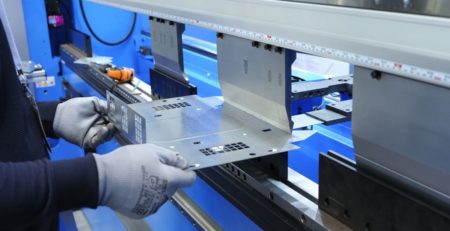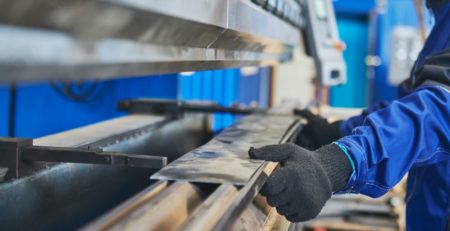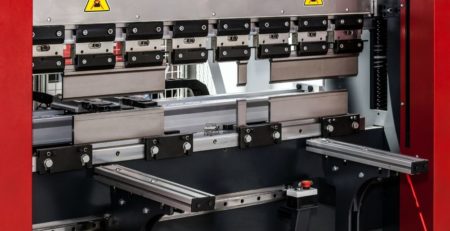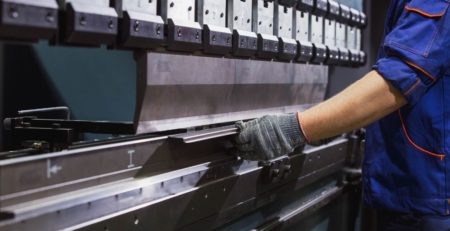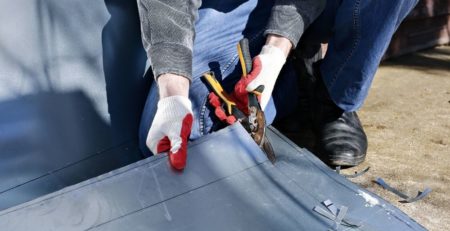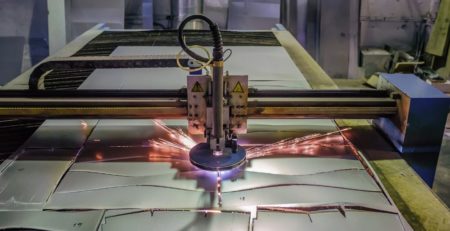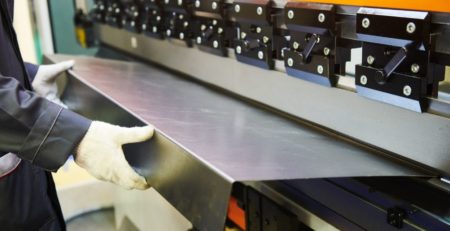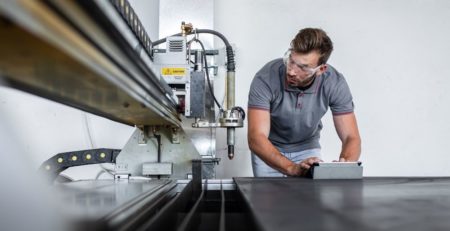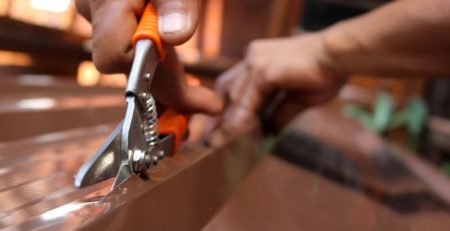Seven Tips for Reducing Machine Maintenance Costs
Well-maintained equipment is the bedrock of productivity and quality output in metal fabrication. Machine maintenance can become a substantial cost sink, especially for shops keen on maximizing their operational efficiency and minimizing downtime. The costs associated with servicing mechanical parts, lubricating, and updating software can quickly accumulate, denting a company’s bottom line.
Effective maintenance strategies are thus essential not just for the longevity of the equipment but also for cost control. Reducing machine maintenance costs, while ensuring equipment reliability, is a vital balancing act that demands strategic planning and execution. By employing a tailored approach to maintenance, metal fabrication shops can improve their operations and significantly decrease their overall expenditure on equipment upkeep. Read on to learn seven tips for reducing machine maintenance costs.
Calculate Machining Costs for Each Machine
You won’t really know if you’re succeeding at cutting costs per machine unless you know those costs in the first place. Calculating machining costs effectively is critical in ensuring that metal fabrication shops remain competitive and profitable. For a press brake or a CNC beam drilling machine, the calculation should encompass all direct and indirect expenses.
Direct costs typically include labor, power consumption, and raw material usage, while indirect costs may consist of machine depreciation, maintenance, and repairs. To begin, quantify the raw material costs by calculating the weight of metal processed and multiplying it by the material cost per unit. Account for the power rating of the machine (in kilowatts) and multiply it by the number of operating hours and cost per kilowatt-hour to determine energy expenditures.
Derive labor costs by multiplying the machine operator’s hourly wage by the hours spent operating the machine. Finally, allocate a portion of the maintenance and depreciation costs over the specific period you are assessing. By summing these figures, metal fabrication businesses can gain a comprehensive view of their total machining costs and take informed steps toward efficiency and cost minimization.
Analyze Production Processes
Auditing the production processes is a pivotal step in pinpointing inefficiencies in machine usage that could inflate operational costs and lead to unnecessary wear and tear. A thorough audit involves evaluating each stage of the production line, from material handling to final product output. It is crucial to monitor the operational load of each machine, looking for patterns of downtime, overuse, or misuse.
By scrutinizing cycle times and comparing them with industry benchmarks, shops can identify areas where they are not using machines to their full potential. In addition, analyzing the flow of materials and the sequence of operations may uncover bottlenecks or redundant steps that can be streamlined.
A comprehensive assessment of production processes enables implementation of more efficient production schedules and machine workflows, limiting both idle time and overuse, optimizing the life span of the equipment.
Implement Preventative Maintenance Programs
Preventative maintenance is preferable to frequent repairs, refits, or replacements of metal fabrication machinery. Regular inspections and servicing on the manufacturer’s recommended schedule can forestall potential breakdowns before they occur.
Routine cleaning, replenishing lubricants, tightening loose components, and updating software are all elements of preventive maintenance. Techniques such as vibration analysis, thermal imaging, and oil analysis can further enhance the longevity and performance of machinery, providing data that can fine-tune a maintenance schedule, basing it on actual machine usage and condition rather than a fixed schedule. The result is a more efficient allocation of maintenance resources and a decrease in both the frequency and severity of machine malfunctions. While these strategies may seem an increased upfront cost, preventive maintenance significantly reduces the likelihood of unexpected, costly repairs or downtime in the future.
Don’t Waste Welding Consumables By Switching Them Out Too Soon
Implement proactive strategies that mitigate waste of welding consumables. This starts with additional training for welders, ensuring they are versed not only in optimal welding techniques but also in the judicious use of consumables like rods, nozzles, and gas. This education enables welders to recognize the signs of wear and replace components only when essential.
Close monitoring of consumable use in automated welding equipment is equally crucial. By leveraging smart inventory systems and integrating consumption tracking technologies, metal fabrication shops can gather precise data on the usage rates and wastage patterns. With these insights, they can fine-tune their automated systems to maximize consumable life without compromising on weld quality.
Match Materials and Projects to the Proper Machines
Matching the appropriate machinery to specific materials and projects is not just a matter of precision; it directly impacts maintenance costs and equipment life span. Inappropriate use can lead to misalignments, undue stress on machine components, and accelerated wear that can necessitate costly maintenance, or, in extreme cases, replacement, or retooling of machines.
For example, using a laser cutter designed for thin sheets on thicker materials may result in subpar cuts and overtax the machine’s capabilities, reducing its operational efficiency and life expectancy. Furthermore, utilizing a machine beyond its designated tolerance can increase the risk of safety hazards and result in a costly halt in production while awaiting repairs or replacements. Use tight tolerances only when essential for product quality and compliance with specifications.
Keep a Supply of Spare Parts
Maintaining an adequate inventory of spare parts is a strategic component of an efficient maintenance plan. By having critical components such as bearings, seals, and electrical sensors readily available, metal fabrication shops can significantly reduce machine downtime resulting from part failures. This preparedness allows for swift replacement of worn or faulty parts, thereby ensuring that machines are returned to operational status with minimal delay.
Furthermore, having a reserve of parts can lead to more streamlined maintenance schedules: there is no waiting for delivery of common replacement parts. Not only does this strategy improve productivity by reducing unscheduled halts, but it also cuts down on costly expedited shipping fees and can prevent production backlogs.
Use Professional Maintenance Services
Contracting with a professional metal fabrication machine maintenance service is a prudent investment that can yield considerable time and cost savings for operators. Qualified technicians bring expertise that ensures maintenance schedules are strictly followed, proactively averting costly downtimes and emergency repairs. They provide precise application of appropriate lubricants, reducing friction-related wear and extending machine longevity. Moreover, their skill in the correct installation of parts mitigates risks of improper fitting that could otherwise lead to premature failure or suboptimal performance.
By entrusting this critical task to the professionals, shops can focus on their core activities, secure in the knowledge that their equipment is operating at peak efficiency and that their maintenance expenditures are optimized for maximum return on investment.
These seven tips for reducing machine maintenance costs can help your metal fabrication operation avoid costly downtime, extend the useful life of your machinery, and ensure consistent quality in your products. If you’re struggling with balancing machine maintenance with production schedules, contact Mac-Tech for expert assistance: we provide repair, refits, replacement parts, and expert scheduled maintenance for your metal fabrication machines.




